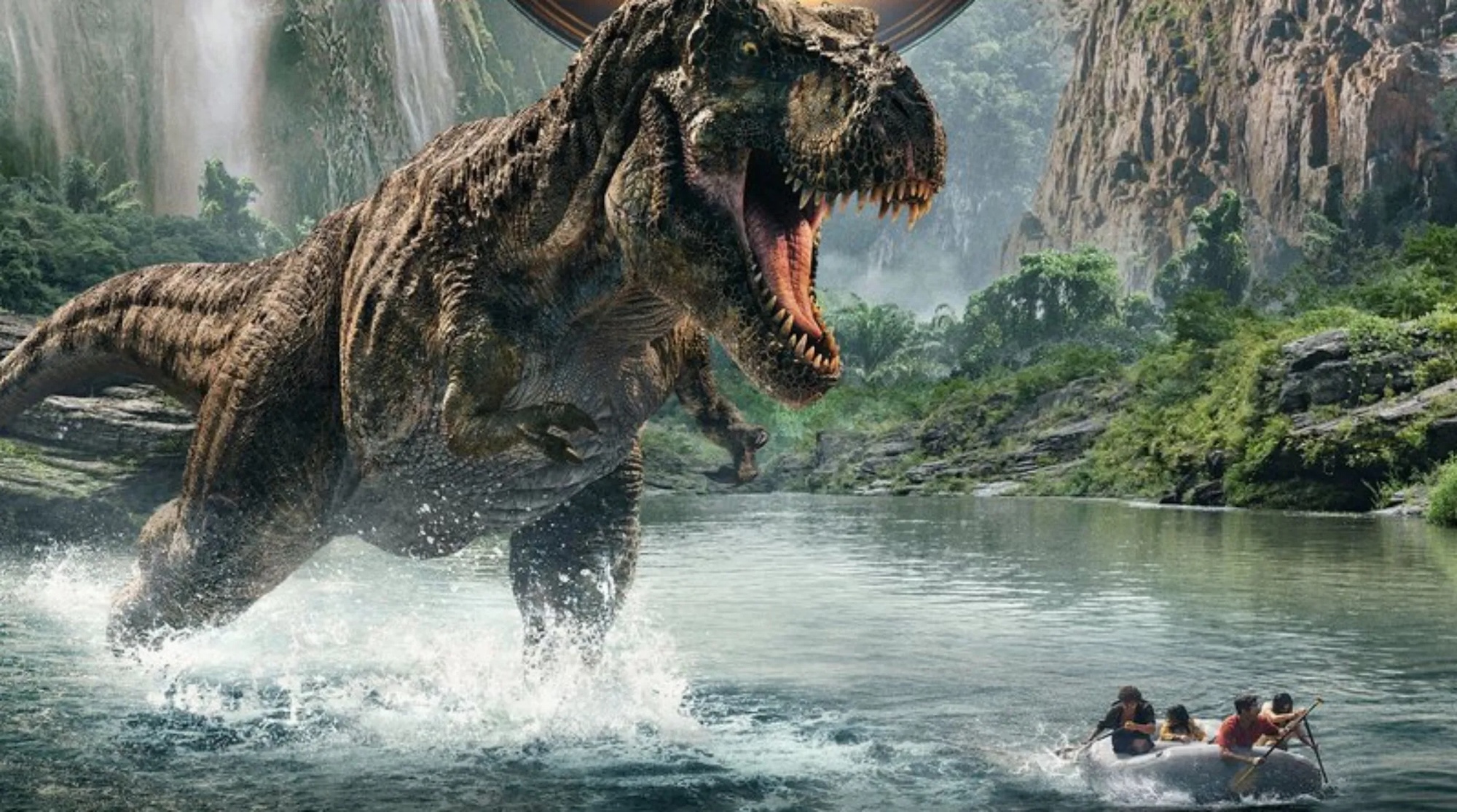Move over Mr. DNA, because Colossal Biosciences is here to offer an old-fashioned bit of exposition about “that scary de-extinction word and set the record straight.” That’s right, the company which made headlines this year with stories about bringing back dire wolves (or at least a version of them) and creating woolly mice, has partnered with Universal Pictures for a bit of humorous if oddly InGen-like marketing in relation to the newest Jurassic Park movie.
Health of the fictional Jurassic Park/World franchise has indeed proven strong, with every couple of years revealing a new island or isolated nature preserve overrun with dinosaurs just waiting to be discovered by ethically unscrupulous capitalists/dino-snacks. It’s a pretty spectacular turnaround for the fictional InGen considering it was 32 years ago that their first theme park ended with, to paraphrase Ian Malcom, “Pirates of the Caribbean breaking down and the pirates eating the tourists.” Still, we suspect the scope of InGen’s success will continue for many years to come since this summer’s Jurassic World Rebirth is on track to gross north of $700 million and possibly $800 million.
So it is probably apt for the real-life Colossal company to remind viewers that despite their breakthroughs this year—and public announcements as well about bringing back the great moa in New Zealand and a woolly mammoth too—that it is still scientifically impossible to clone a dinosaur. Apologies to Michael Crichton.
Also while reminding viewers about the scientific impossibilities of making a baby dinosaur—DNA tends to last in bones only around one or two million years, and amber-trapped mosquitos from, say, 66 million years ago would not actually have preserved the genetic code of dinosaurs—the video interestingly defends InGen to a certain degree. When a humorous caricature of the online naysayers of de-extinction science, here labeled the “armchair expert,” appears on screen, he insists, “Excuse me, that’s not a T-Rex, it’s a genetically modified bird!” This echoes claims that Colossal’s dire wolves are not the ancient species that went extinct around 10,000 years ago but genetically modified gray wolves.









